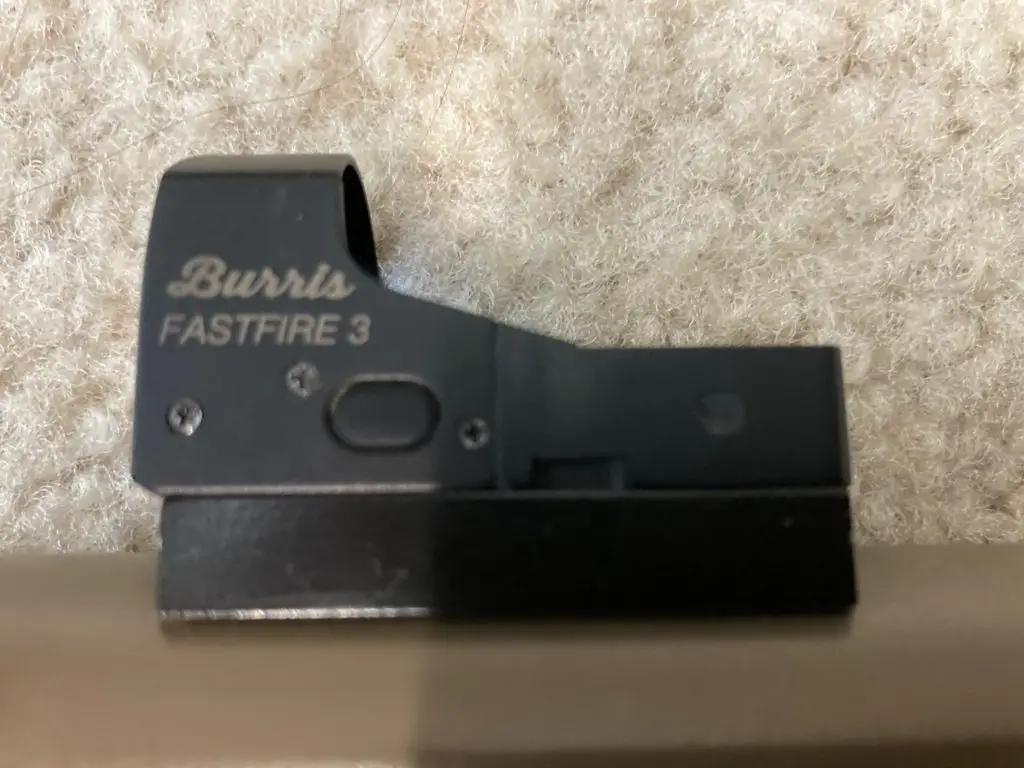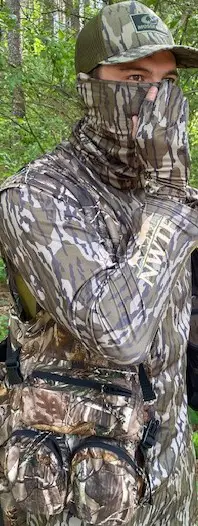
So you want to be a turkey hunter, but don’t have the money to make it rain at your local Bass Pro?
No worries! I’ll walk you through the bare minimum you will need to acquire in order to start turkey hunting. While this list features the absolute, bare-bones essential items you must have to hunt turkey, you will probably want to slowly add to your turkey hunting kit over time as money allows. Eventually, you may even have an entire closet (or garage!) dedicated to the sport. But for now, read on to find out how to get started in this wonderful tradition.
You’ve gotta be legal
The first thing you will have to acquire to start turkey hunting will be a hunting license and/or turkey tag. Every state is different in its requirements. If you already hunt another type of game in your state, you probably already know what you need, so skip this boring section and scroll down to the next one.
If you don’t know what you need, refer to your state’s Department of Natural Resources or Game and Fish website. A Google search for “{your state] turkey hunting license” should bring up a copy of the hunting requirements.
Some states will allow you to pick up a license over the counter. This means you can buy a license anytime before or during the season either online or at a local vendor.
Other states may limit the number of turkey tags in certain areas with a draw. If this is the case, you will need to research well in advance of turkey season to secure the proper licensure to hunt.
So now that you’ve got the necessary paperwork, what’s the next thing you need to start turkey hunting?
What method of harvest to choose?
A method of harvest is a fancy way of saying weapon. A gun, a bow, or a crossbow.
I highly recommend starting with a shotgun, but if you are already a proficient archery hunter, you may consider using your current bow or crossbow (always check your state’s regulations for legalities).
12 gauge shotguns are the most popular turkey hunting weapon, but smaller gauge shotguns are becoming more and more popular with advances in ammunition technology.
Unlike many other shotgun sports, turkey hunting requires more “aiming” of the shotgun versus “pointing” the shotgun. For this reason, your shotgun should have a full or extra-full choke. Extra-full chokes may also be referred to as “turkey chokes.” One thing to be aware of when choosing your choke is that super tight chokes will have extremely tight patterns at close range. This can make misses more likely, especially with less precise sights. For more information on choosing a turkey choke, read our article on choosing the best choke for you.
Because you need to put as much shot as possible in an object the size of a tennis ball, you should carefully consider the optics on your turkey gun. If you plan to use your gun for upland birds or waterfowl hunting, a single bead on the end of the barrel will suffice for turkey hunting as well. If you have the luxury of having a gun dedicated to turkey hunting, then I recommend exploring other sight options.
- Red-dot style scopes, such as the Burris Fastfire, are one of the most popular options for turkey guns today. These sights offer many advantages such as the ability to aim with multiple head positions which can be extremely important when you are contorting your head and body to get a shot off. They also allow for fast target acquisition and a low profile. The downside is that they require batteries that can die in the field. Also, unless your shotgun already has a way to mount the sight, you will most likely have to drill and tap your gun.
- Magnified scopes are heavier than red-dot style scopes, but they do not have batteries so they provide a bit more reliability. Depending on the model you choose, they can also provide magnification for those with bad or declining eyesight. You generally will not need a variable magnification scope. Choose a low-powered fixed scope so you can pick the turkey up quickly. Keep in mind that you will generally only be shooting 20-40 yards.
- Traditional front and back iron sights, such as the TRUGLO Pro-Series Magnum Gobble-Dot, are a cost-effective method of correcting point-of-aim/point-of-impact issues you may have with a bead sight. In addition to their low cost, they are also lightweight and low profile. Unlike the red dot scopes, you will have to line the sights up exactly right to get a proper aim. You won’t get any magnification advantage with these sights either.
The action of your turkey gun is mostly a matter of personal preference. From the trusty pump to fancy semi-automatic shotguns to simple doubles and single-shot guns, all will get it done if you can shoot them well.
In general, semi-automatics will be heavier but will have less felt recoil. Pump shotguns are known for their reliability. Like semi-autos, they also provide three shots should you need them. Double and single shotguns are usually lighter weight, but you may have more felt recoil than a semi-auto.
So many choices!
When you start looking for shells to put in that shotgun you just chose, you’ll quickly realize you have more choices than your local Baskin Robbins.
But I’m here to simplify it for you.
If you’re cheap but willing to keep your range closer, you can choose a traditional lead shell. Winchester Long Beard XR is a popular lead turkey shell that won’t break the bank but still provides lethal results. Choose number 3, 4, or 5 shot size. If your shotgun will accommodate it, choose a 3 or 3.5-inch shell to get more pellets downrange.
If you want to expand your range and your budget a bit, choose one of the heavier-than-lead options. Because tungsten is denser than lead, a smaller size shot will deliver the same oomph as a larger lead shot. These shells will generally be in the 6 to 9 range. This allows you to get more pellets in your pattern. Like the lead options, I recommend a 3 or 3.5-inch shell. Any of the TSS loads made by Browning, HEVI, or Federal are worth trying with your gun and choke combo.
If you’re shooting a smaller gauge such as a 20 gauge or 410, I would highly recommend choosing a tungsten load. In fact, a sub-gauge loaded with tungsten packs as much range and power as a 12 gauge loaded with lead.
Whatever shell you choose, you will want to pattern it before the season starts to make sure you know what you’re throwing downrange. You can use premium turkey targets or just cheap poster boards with your own turkey head drawn on them. Start with a cheap lead bird shotshell at 20 yards. If you have plenty of shots on target at 20, take it out to 30 then 40. Once you know your sights are on target, take a shot at 40 yards with your turkey load of choice. If you’re satisfied with the number of pellets in the “turkey’s head” with this load, you are ready to start turkey hunting!
Start Turkey Hunting!
That’s it! You’re set. It’s time to hit the field and start turkey hunting.
With just a license/tag, gun, and ammo you can chase swamp gobblers to your heart’s desire. Keep in mind though that your tactics will be somewhat limited to ambush and spot-and-stalk style tactics. As you get into the sport, you will likely want to expand your gear to add calls so you can experience the joy of communicating with a wild animal.
Until then, find a friend and hunting mentor who can show you the ropes and call for you. In fact, maybe that is the fourth thing you MUST have to start turkey hunting. It will certainly make your new hobby more enjoyable and cut your learning curve exponentially.



